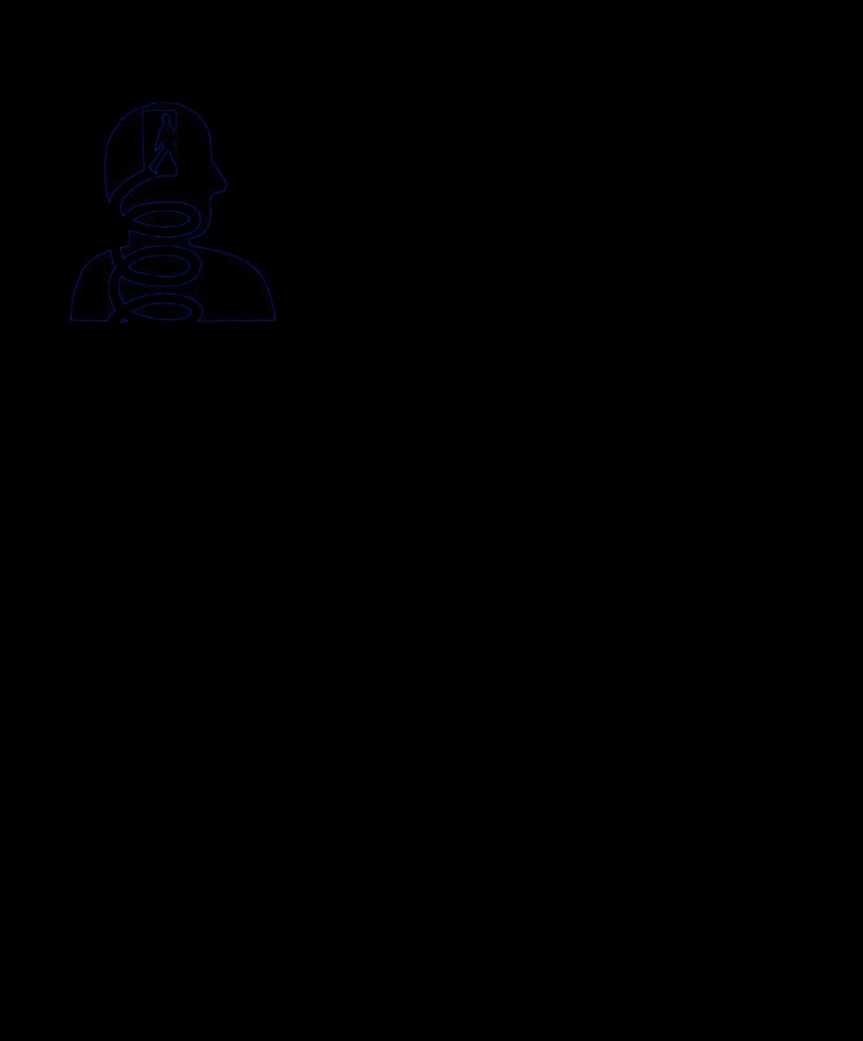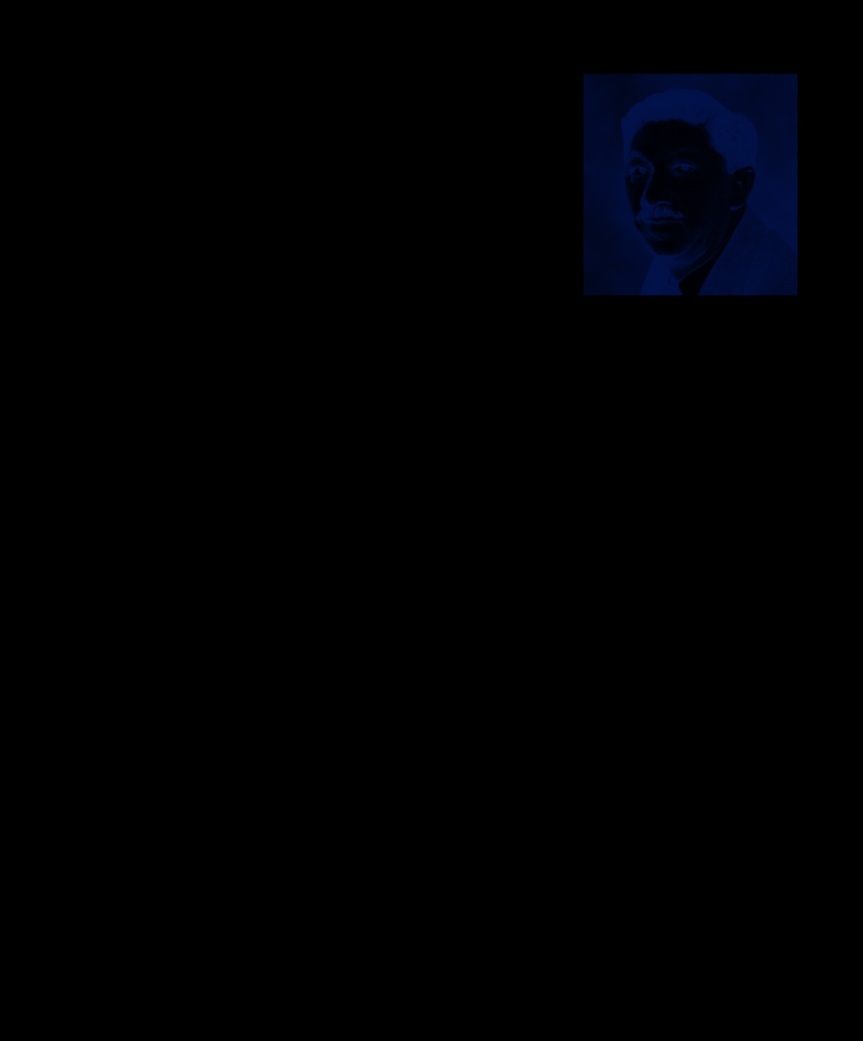The Psychology Book (43 page)
Read The Psychology Book Online
Authors: Unknown

1942
Counseling and
therapy based on humanistic
Psychotherapy
psychology. He also spent
1951
Client-centered Therapy
time with the United Service
1961
On Becoming a Person

PSYCHOTHERAPY 137
Teaching a child
to ride a bicycle
requires encouragement and support
but ultimately the child must be brave
and trust himself. Rogers likened his
person-centered therapy to this process.
him find what sort of role he would
really like to take. Rogers describes
the process as “supportive, not
reconstructive;” the client must
not come to rely on the therapist
for support, but instead needs to
learn how to become sufficiently
self-aware and self-trusting to
be independent and able to live
“the good life.”
Rogers’ legacy
Rogers was one of the most
influential psychotherapists of the
20th century, and his new client-
centered, non-directive therapy
marked a turning point in the
approval—both from them and from
healthy and capable of growing
development of psychotherapy.
society. In direct contrast, the rates
and realizing its potential. This
He was instrumental in the
of students who drop out or fail
approach was in contrast to the
encounter-group philosophy of
university courses are strikingly
other main psychological therapies
the 1960s, which encouraged
low among those who have have
of the time—psychoanalysis and
open communication between
received little support but worked
behaviorism—both of which
individuals. He was responsible
to pay for their own tuition.
focus on the pathology of the
for the spread of professional
The ways in which people can
individual and how to fix it.
counseling into areas such as
influence our desires and how we
Rogers initially called his
education and social work, and was
define ourselves can be intensely
approach “client-centered,” and then
a pioneer in attempting to resolve
complex. Resentment can be
changed it to “person-centered,” and
international conflict through more
buried deep within us when we
it has since been hugely influential
effective communication. ■
act in accordance with someone
in education, parenting, business,
else’s wishes rather than our own.
and other areas as well as in clinical
If our actions are free of external
work. In person-centered therapy,
influences, we feel more authentic,
which Rogers described as “non-
more solidly in control of creating
directive therapy,” the therapist
our own destiny, and more satisfied
takes the role of a facilitator who
with the results.
helps the client find his or her own
The process of the
answers, based on the belief that
good life… means
Person-centered approach
the client knows himself best. In
launching oneself fully
Rogers’ philosophy became the
person-centered therapy, the client
into the stream of life.
cornerstone of a new approach
identifies his problems and what
Carl Rogers
called humanistic psychology,
direction the therapy should take.
which he founded in the 1950s
For example, the client may not
with Abraham Maslow and Rollo
wish to focus on his childhood but
May. It was based on a positive
rather deal with issues he is facing
view of humanity as basically
at work and the therapist may help

138
WHAT A MAN
CAN BE, HE
MUST BE
ABRAHAM MASLOW (1908–1970)
an individual must discover his
IN CONTEXT
T
hroughout recorded history,
questions have been posed
true purpose in life and pursue it.
about why we are here,
Maslow refers to this ultimate state
APPROACH
and what the purpose is of our lives.
of being as self-actualization.
Humanist psychology
Underlying these questions is a need
BEFORE
to identify what will make us truly
Toward self-actualization
1920s
Alfred Adler claims
satisfied, and a confusion about
Maslow created a highly structured
there is only one motivating
how to find it. Psychoanalysts
plan to explain the path of human
force behind all our behavior
would claim that the fulfilment
motivation, defining the steps that
and experience: the striving
of innate biological drives leads
humans need to follow as they
for perfection.
toward satisfaction, and
move toward self-actualization. His
behaviorists would describe
famous Hierarchy of Needs, which
1935
Henry Murray develops
the importance of meeting
is often drawn as a pyramid,
the Thematic Apperception
physiological needs with food,
positions the most basic needs at
Test, which measures
sleep, and sex, but the new wave
the base and each of the other
personality and motivation.
of psychotherapeutic thought in
essential requirements for a
the early to mid-20th century
fulfilled life in groups on top.
AFTER
believed that the path to inner
Maslow’s hierarchy is split
1950s
Kurt Goldstein defines
fulfillment was much more complex.
into two distinct sections: at the
self-actualization as the
One of the main proponents
beginning are the four stages that
tendency to actualize, as much
of this new approach to the
make up the “deficiency needs” and
as possible, the organism’s
problem was Abraham Maslow, a
all of these must be met before a
individual capacities, and
psychotherapist who is considered
person is able to reach for greater
proclaims that the drive to
one of the founders of the humanist
intellectual satisfaction through
self-actualize is the only
movement in psychology. He
the “growth needs.” The deficiency
drive that determines the
examined human experience by
needs are simple and basic; they
life of an individual.
looking at the things that are most
include physiological necessities
important to us: love, hope, faith,
(such as food, water, and sleep), the
1974
Fritz Perls says that
spirituality, individuality, and
need for safety (to be safe and out
every living thing “has
existence. One of the most crucial
of danger), love and belongingness
only one inborn goal—to
aspects of his theories was that in
needs (our need to be close to and
actualize itself as it is.”
order to reach the most highly
accepted by others), and self-esteem
developed state of consciousness
requirements (our need to achieve
and realize the greatest potential,
in our lives and be recognized).

PSYCHOTHERAPY 139
See also:
Alfred Adler 100–01 ■ Erich Fromm 124–29 ■ Carl Rogers 130–37 ■
Rollo May 141 ■ Martin Seligman 200–01
The Hierarchy of Needs
Maslow’s hierarchy
of needs
lists the
qualities he observed in
successful individuals
who aimed high but kept
Self-transcendence
their feet on the ground.
Helping
others,
connecting with
something outside
Abraham Maslow
ourselves
Abraham Maslow was born
Self-actualization
Fulfilling personal potential
the eldest of seven children
in Brooklyn, New York.
s
d
Aesthetic
His parents were Jewish
e
e
Order, beauty, symmetry
immigrants who had left
Russia for the US to escape
th n
Cognitive
the tumultuous political
row
Knowing, understanding
situation there. They had
G
D
high expectations of Maslow,
e
and forced him to study
fi
Self-esteem
ci
law—a parental dominance
Achievement, recognition, respect, competence
en
that continued until 1928
cy n
when Maslow decided to take
Love and Belongingness
e
control of his life and pursue
Acceptance, friendship, intimacy, relationships
ed
psychology instead. In the
s
same year he disobeyed his
Safety
parents by marrying his cousin,
Security, stability, health, shelter, money, employment
Bertha Goodman, with whom
he had two children.
Physiological
Maslow moved to the
Air, food, drink, sleep, warmth, exercise
University of Wisconsin and
worked under Harry Harlow,
the behavioral psychologist
At the higher level, the growth
Maslow also proposes that each
famous for his work with
needs are cognitive (a need to
one of us has an individual purpose
primates. Later, at Columbia
know and understand), aesthetic
to which we are uniquely suited,
University, Maslow found a
(a desire for order and beauty), and
and part of the path to fulfillment
mentor in psychoanalyst
lastly, two requirements that define
is to identify and pursue that
and former colleague of
the purpose of life, and lead to
purpose. If someone is not doing
Freud’s, Alfred Adler.
intense spiritual and psychological
what they are best suited to do in
Key works
fulfillment: self-actualization
life, it will not matter if all their
and self-transcendence. Self-
other needs are fulfilled, he or she
1943
A Theory of Human